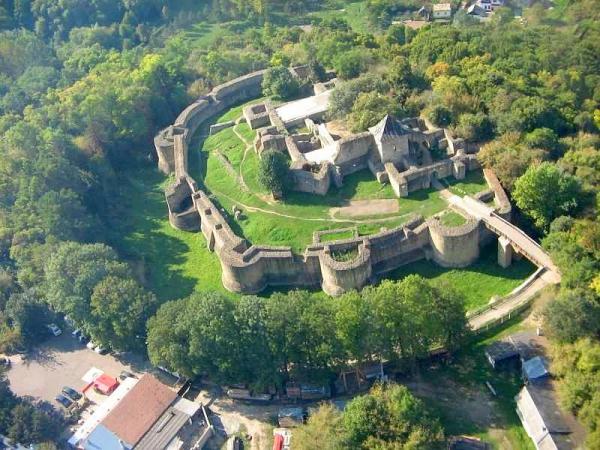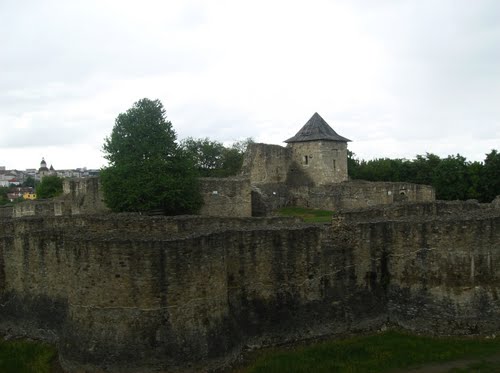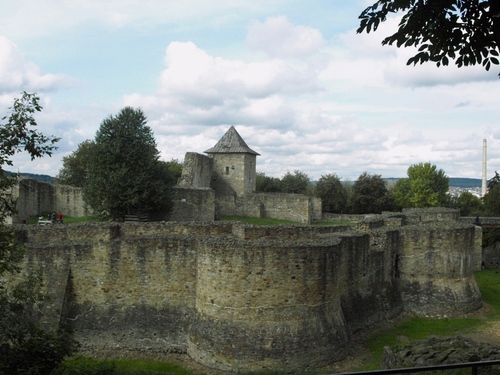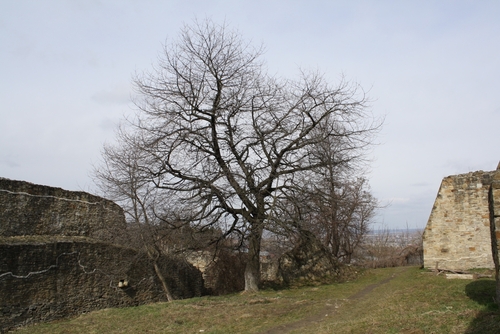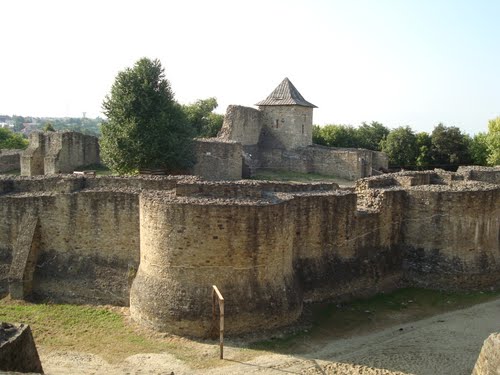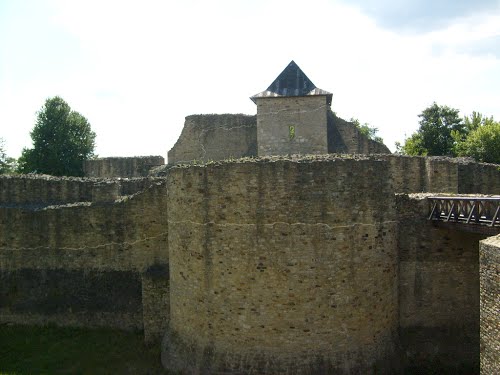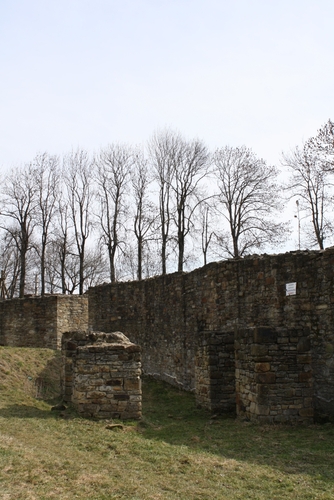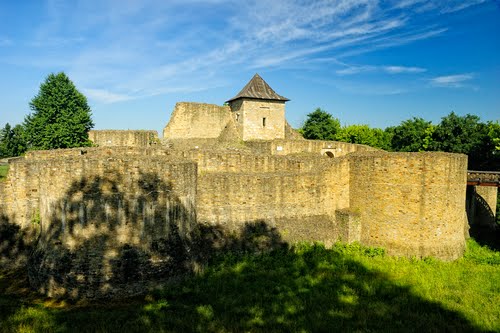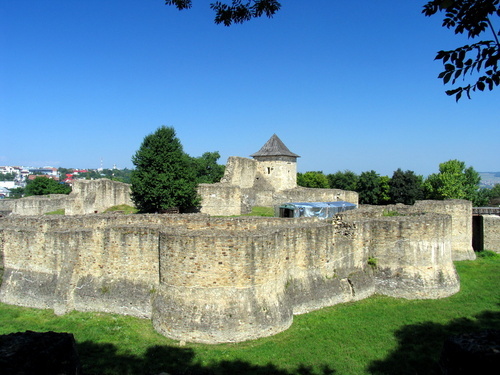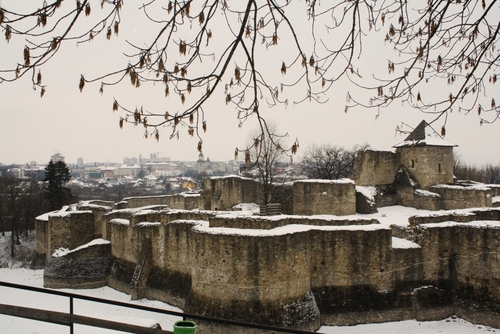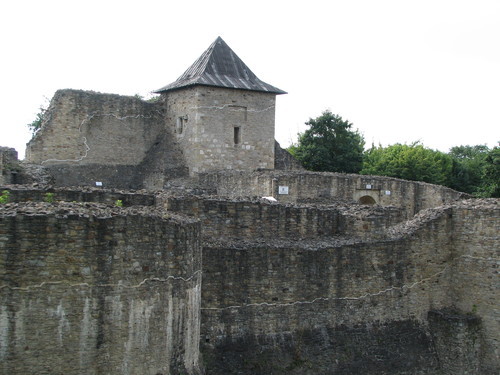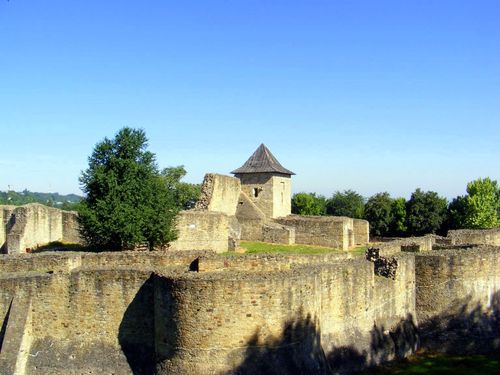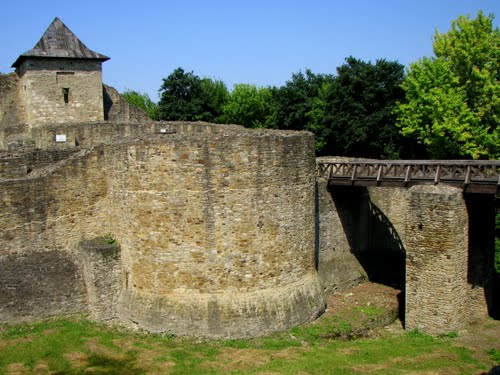Suceava is the place of several medieval sites that are closely linked with the history of Principality of Moldavia. The most significant and the best preserved in time is the Seat Fortress of Suceava (Cetatea de Scaun a Sucevei) or Suceava Citadel, a medieval castle situated on the eastern edge of the contemporary city. The fortress was built during the reign of Petru II of Moldavia (1375-1391), also known as Petru Mușat, and then expanded and strengthened during the reign of Alexander I of Moldavia (1400-1432) and Stephen the Great (1457-1504). The medieval castle was part of the fortification system built in Moldavia in the late 14th century, because of the emergence of the Ottoman danger. It became strong enough to hold off an attack by Ottoman sultan Mehmed II (the conqueror of Constantinople), in 1476.
Suceava was the capital city of the former Principality of Moldavia between 1388 and 1565. During this period, the castle served as princely residence. Alexandru Lăpușneanu moved the capital to Iași in 1565, so the castle lost its status. After this moment, the citadel entered a period of decline. In 1675, during the reign of voivode Dumitrașcu Cantacuzino, the fortress was destroyed. Then, for over two centuries the castle was deserted. In late 19th century and early 20th century, under the patronage of Austrian architect Karl Adolf Romstorfer, it took place rehabilitation works and archaeological researches. Between 1961 and 1970 other restoration and consolidation works were carried out. In 2013 a major reconstruction program was launched, to return the castle to its original architecture and shape.
The Seat Fortress of Suceava consists of two concentric citadels. The inner citadel, known as fortul musatin, has a rectangular shape and a patio. It was built by Petru Mușat in late 14th century. In the second half of the 15th century, Stephen the Great expanded the structure, by adding another citadel that has a circular shape and surrounds the old one. After 1476, new fortifications were added to the outer citadel. The whole castle is encircled by a large defensive ditch. Today, the fortress is a landmark of Suceava and a touristic attraction.

